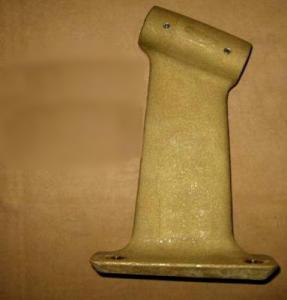I'm guessing I should get used to this.

Ok, I brought the new battery down and wired it up. Success! New electrons are just what the doctor ordered and the pump pumps like a champ.
But in the process, I had to wade into the BATTERY PIT OF DOOM!!
Therein I learned that half the wires under the bed frame (that's where the batteries are) were actually not connected to anything. Took me three hours of hunting and pecking to finally get the wires that mattered connected. But now I am so very confused.
First... I'm not sure if the float is working. It probably is, I just haven't dumped water into it to confirm yet. (maybe this evening) Worked fine before, but what with all the wiring I need to check. I just wanted to be clear about that.
Second. The setup for my bilge pump is: The power panel has a DC on/off switch, that has to be on. The power panel has a bilge-pump on/off switch, that has to be on. The bulkhead next to the panel has a bilge-pump auto/off/manual switch, that must be switch to manual. The 'house' wire (previous owner's label) which appears to provide power to the panel must be wired up. The 'engine' wire (also previous owner's label) has to be wired up. If all of those things happen, bilge pump turns on. I have no idea why I need to have the engine starter powered for the bilge to work. And it means I am drawing from both batteries rather than just one when in the slip, which isn't what I want. I suppose I could wire the engine to the house battery as well until Spring tho'.
So the next lesson is: What the heck is going on with my wiring?? (aka: who labels wiring with duct-tape and water-soluble ink anyway??)

